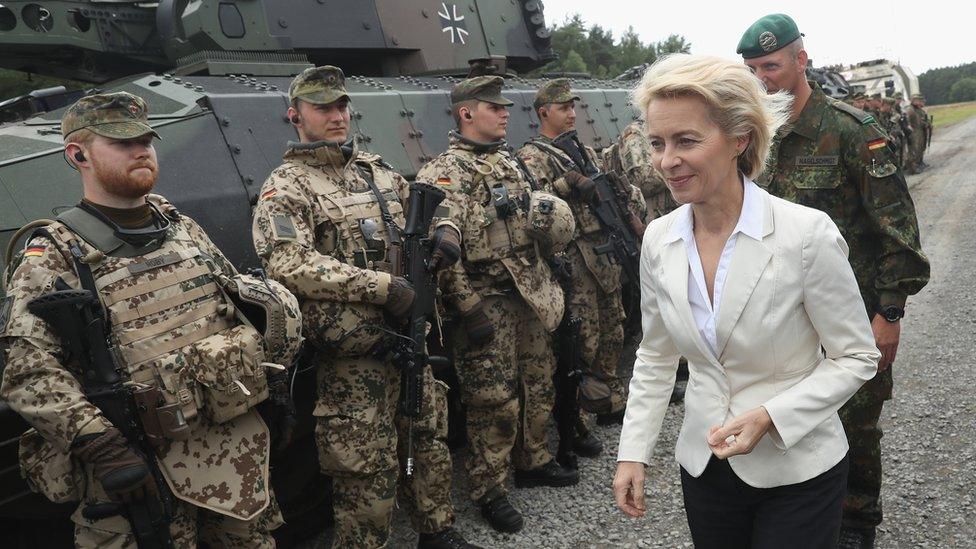German army problems 'dramatically bad', report says
- Published
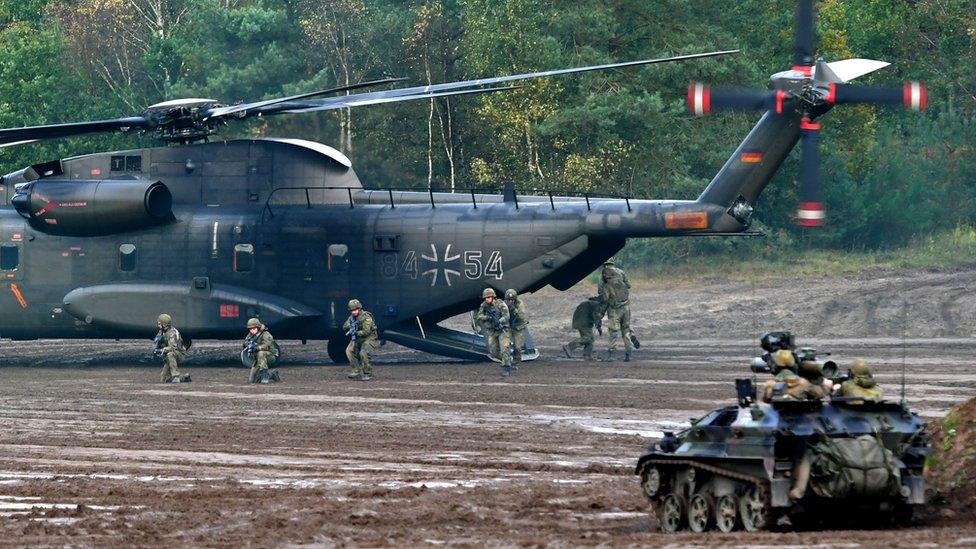
Germany has for years struggled to modernise its military
Shortfalls in the German army's personnel and equipment are "dramatically" hindering its readiness for combat, according to a new report.
No submarines or large transport planes were available for deployment at the end of last year, the report says.
It also points to failures in planning and leadership that have exacerbated existing problems in the military.
The report was published by the parliamentary commissioner for the armed forces, Hans-Peter Bartels.
"The army's readiness to deploy has not improved in recent years, but instead has got even worse," Mr Bartels told reporters at a press conference in Berlin.
"At the end of the year six out of six submarines were not in use. At times, not one of the 14 Airbus A-400M could fly," he said.
Mr Bartels said all of the vehicles were being repaired at the time of the report.
The condition of the military's fleet of fighter planes, tanks, helicopters and ships is described as "dramatically bad". The report also says a lack of spare parts and outdated equipment has left "big gaps" in the armed forces.
It notes that thousands positions for officers were vacant, resulting in a lack of adequate leadership.
The report calls on the government to pursue reforms "with greater urgency" and increase the defence budget.
Germany spent €37bn ($45bn; £33) in 2017 on defence - about 1.2% of GDP, well short of the Nato target of 2%.
The issue of defence spending did not play a major part in recent coalition talks, but Chancellor Angela Merkel has pledged to meet the 2% spending target by 2024.
"We will make the best possible equipment, training and support available to our soldiers," Ms Merkel said earlier this year.

Hans-Peter Bartels said reforms of the armed forces needed to be stepped up
On Monday, a Nato diplomat told Reuters news agency that "German readiness levels are a serious concern".
Germany has for years struggled to modernise its military as it becomes more involved in Nato operations. It scrapped conscription to become a professional army seven years ago, but in 2016 said it was considering a form of national service for civil defence.
Recurrent funding issues have been highly embarrassing. In 2014, it was revealed that tank commanders had covered up their lack of machine guns by using broomsticks painted black during a Nato exercise.
Other Nato members have also started to increase defence spending. The alliance faces a range of security challenges, including the Islamist insurgencies in the Middle East and Africa.
- Published12 June 2017
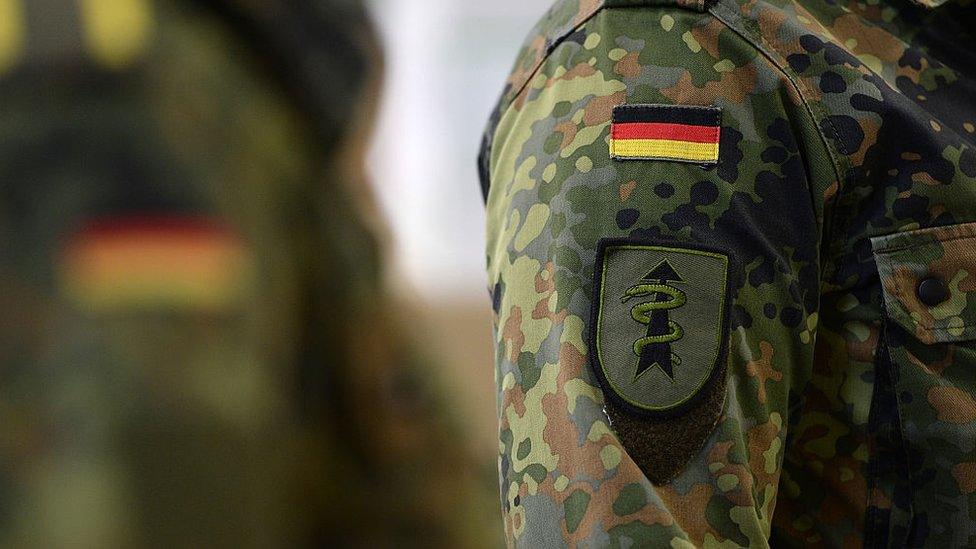
- Published31 March 2017
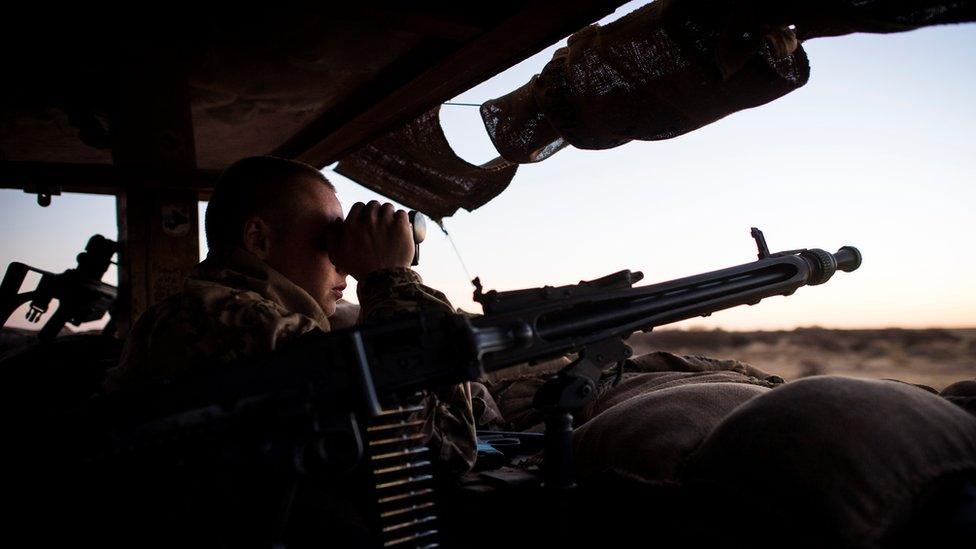
- Published16 September 2017
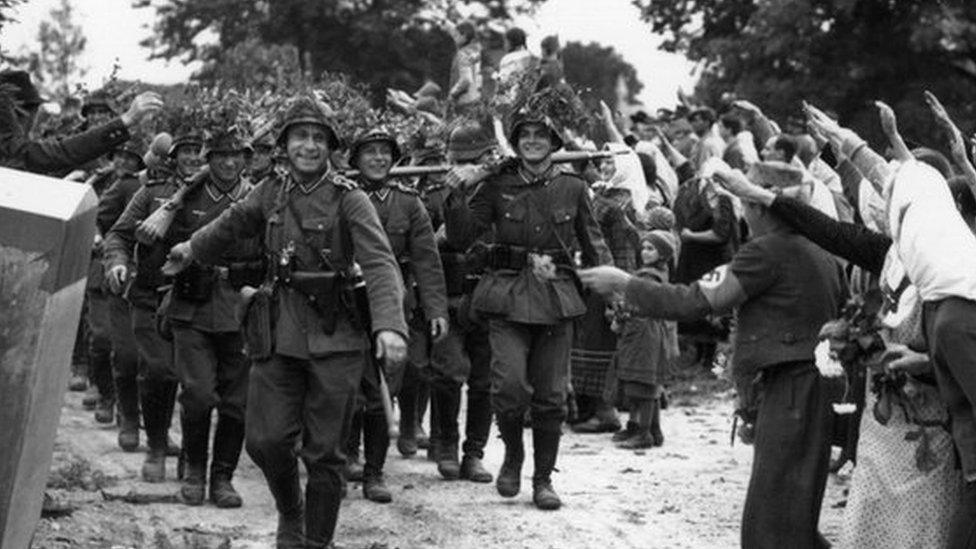
- Published7 May 2017

- Published2 May 2017
